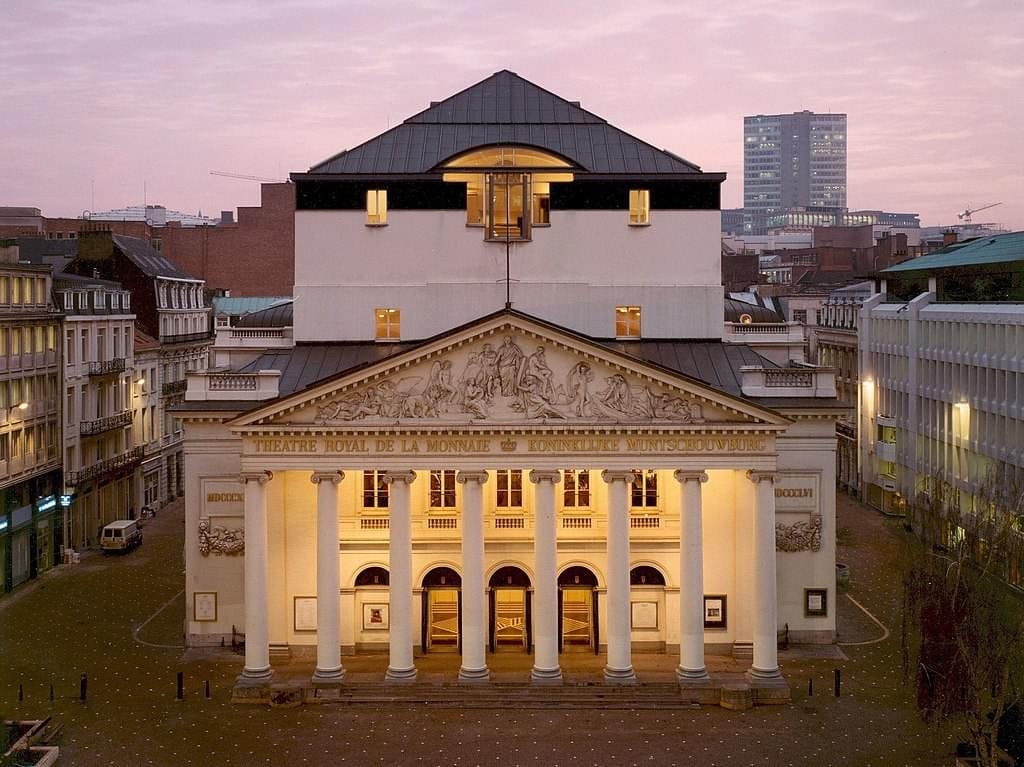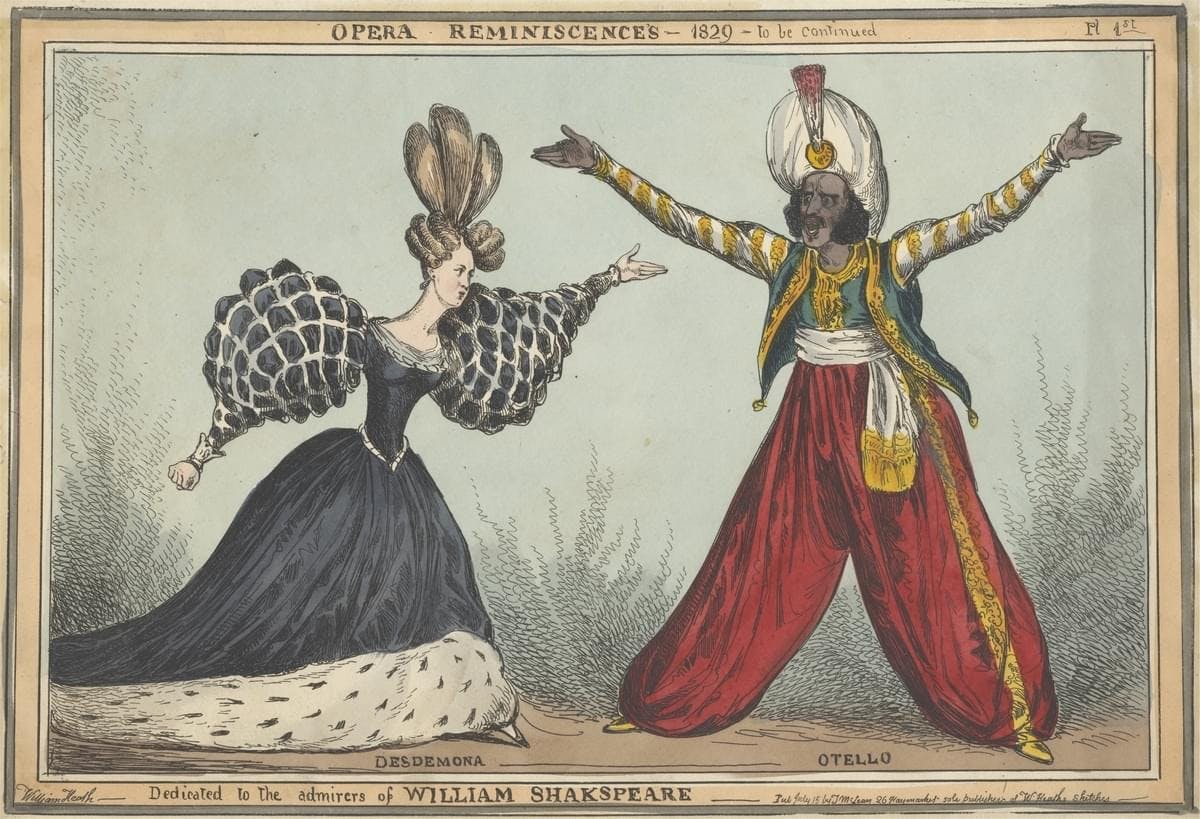
De Munt reaches a new audience with digital productions
A bigger audience and an intense, online opera experience. The Koninklijke Muntschouwburg (Royal Munt Theatre), Brussels’ opera house, demonstrates how you can reach a new audience with online opera without losing out on the experience of the performance. Be inspired!
Schouwburg De Munt (Opens an external link) (Theatre De Munt) introduced the first digital recordings as early as 2006. This was not for the audience but as part of their digital heritage. Move forward five years and each production can be watched online for at least three weeks following each last live performance in the theatre. These online performances can be watched by anyone, for free. “We like to make our shows accessible to as many people as possible”, says Jo Nicolaï, head of recordings and audiovisual productions. It was very important to do this in such a way that the viewers at home would feel as if they were actually present in the centuries old Large Hall.
The audience of the future is rarely to be found in theatre halls
De Munt was inspired by what was happening in New York. Pioneer Peter Gelb, Director of the New York Metropolitan Opera, noticed how the audience’s demographic seemed to be getting older and decided to appeal to a younger audience by looking at opportunities beyond the physical theatre hall. Today, Metropolitan Opera broadcasts can be enjoyed in more than 2000 cinemas worldwide. De Munt Theatre, too, had noticed its ageing audience. “Opera has a very traditional character”, says Nicolaï. “Someone who didn’t grow up with opera is a lot less likely to buy tickets to the opera when they are in their thirties or forties.”
You can reach a new audience by investing in your digital offering. This strengthens your business model.
Gradually increase your appeal to a new audience
De Munt uses digital productions to slowly emerge from its traditional cocoon and to appeal to a new audience. An online audience is an addition to physical visitors. “Since management did not immediately recognise the added value, we decided to first improve the quality of the recordings,” says Jo Nicolaï. “It was not until later that we started to offer these productions online.” Wagner’s Parsifal production proved to be the tipping point. The Italian theatre director Romeo Castellucci was thrilled with the recordings “‘I want this on DVD!”, Jo Nicolaï quotes him as saying. “It became a true digital success story. The DVD was released and suddenly everyone was on the same page.” Today, online productions have become an essential part of the business.
The art of a digital production
A production crew with twenty members records approximately ten performances a year. The crew is made up of a mix of internal and external employees. The video director and camera crew are always hired from outside. The recordings are painstakingly prepared, down to the smallest detail. The video director discusses the entire performance with the theatre director and watches the opera multiple times live in the theatre. Every performance is recorded over a number of evenings when there are five or six camera operators present in the theatre. Sound and image are recorded separately so that things can easily be edited afterwards. Nicolaï’s team is responsible for the final edit. Each production costs around 30,000 euros, not counting the work of the theatre’s permanent staff.
Online opera: a more intimate experience
“First and foremost, nothing can beat the experience of a live performance”, according to Nicolaï. “To attend a performance together with 1180 other visitors in the majestic Large Hall is an incredible experience. Yet, people regularly tell me: ‘’It wasn’t until I also watched the opera online that I fully understood the whole story.’ When in the actual theatre, it is not always clear what the theatre director wants to show us. Our director guides you through the story. The camera work allows you to be closer to the singers and the subtitles help to provide a more exciting opera experience.”
“Our audience understands our operas better when they also watch them online.”
Reach a wider audience online
Mozart is an online audience favourite. “Two days after we put one of Mozart’s operas online, the counter showed no fewer than 26,000 online visitors,” says Nicolaï. “As a comparison: Mozart is shown at the De Munt theatre for ten nights where it draws a total of 11,800 visitors.”
“We hope to start showing our performances via the streaming platforms of TV channels as well,” Nicolaï adds. “Our website visitors are already interested in opera. These streaming platforms will help us to reach audiences that currently do not watch or attend operas.”

What about copyright issues for digital productions?
In the same way as for all digital productions, it is important to obtain a copyright to show opera performances online. Nicolaï knows all about this. “De Munt is an opera production house. The creative crew has a contract with us. That contract states that we have limited streaming rights for productions. Music publishers also play a role. Even though Mozart lived 220 years ago, publishers still own the rights to his music. This is why every production requires a new round of negotiations, about the performance and streaming.” It is difficult to give exact amounts for each streaming. “The costs can vary, from an amount per stream to a complete buyout of rights and could be anything between 1000 and 20,000 euros.”
Want to know more about copyright when making new digital material? Read more in this article (Copyright for makers: how to arrange it for online productions | DEN)
Digital opera is the new reality
According to Nicolaï, music publishers still need to get used to the fact that opera houses increasingly want to offer and store their own productions digitally. For example, De Munt would like to make part of their digital archives containing their own productions accessible to the public.
Opera today includes digital productions, and digital accessibility is the new reality.
This is why easier online accessibility of digital heritage remains high on the agenda of Opera Europa, a partnership of European opera houses. “We hope to convince music publishers that opera is also a digital production nowadays,” explains Nicolaï, “and that the digital accessibility of opera is the new reality.”
